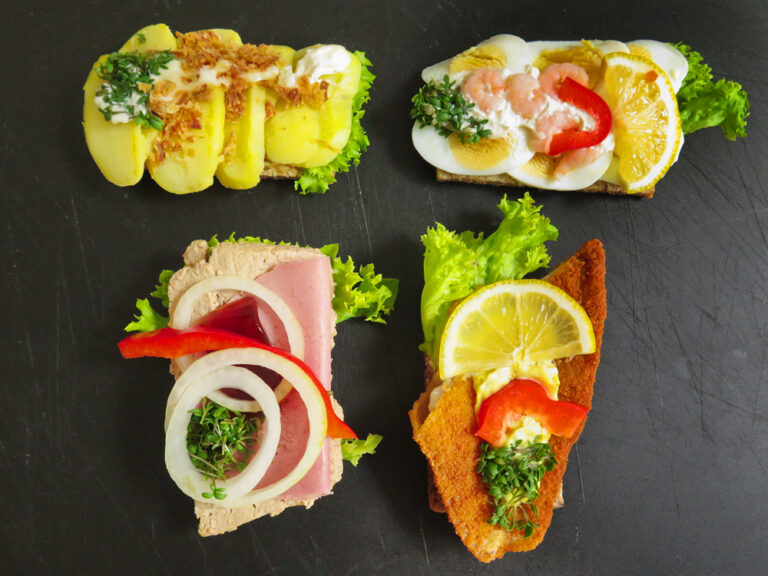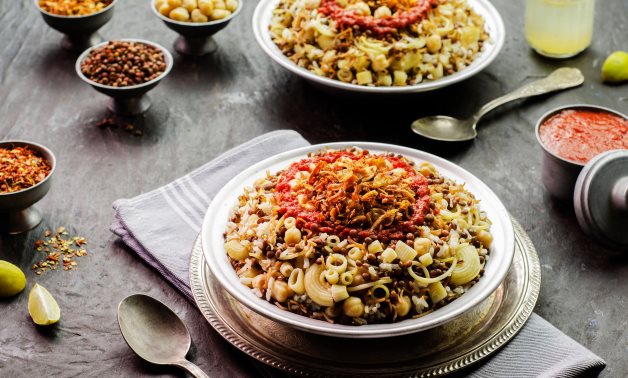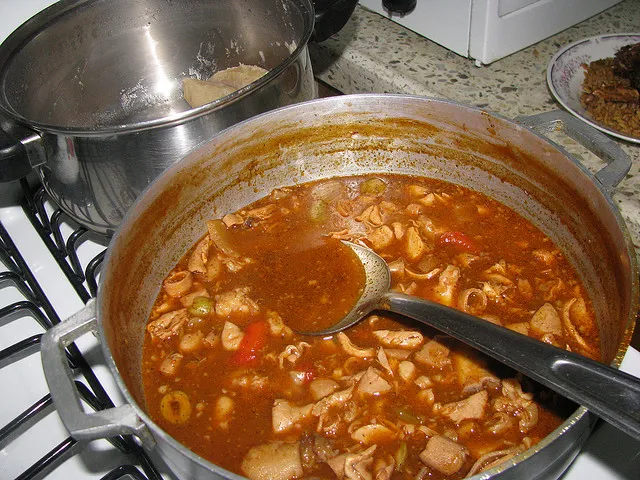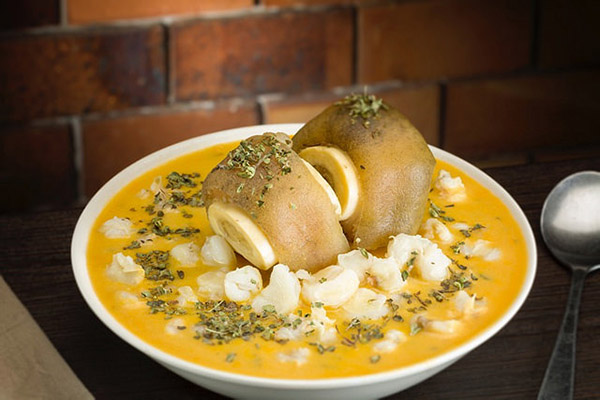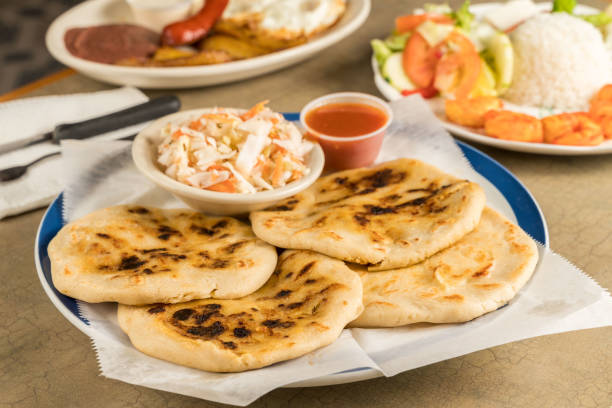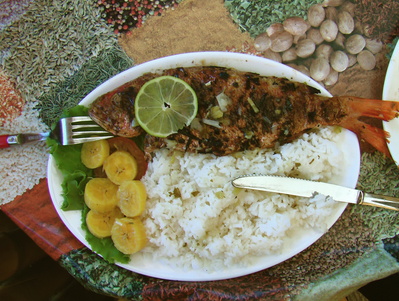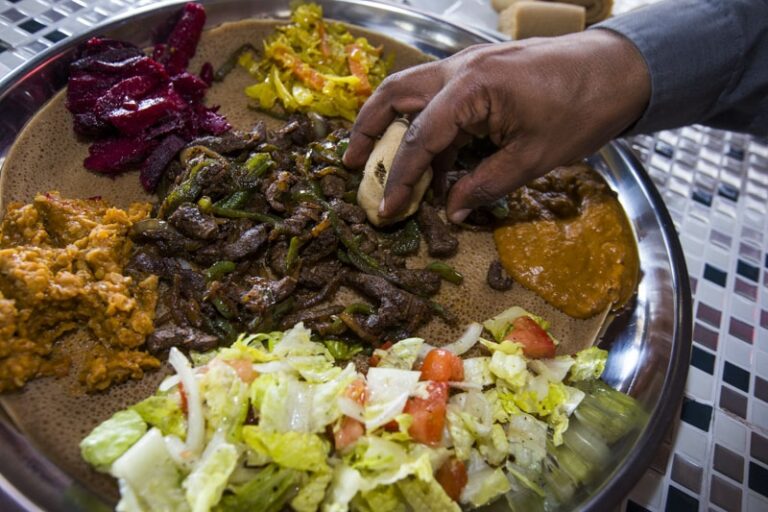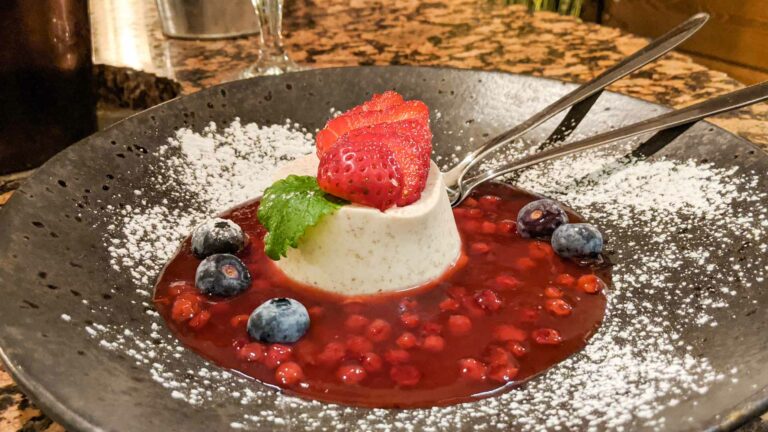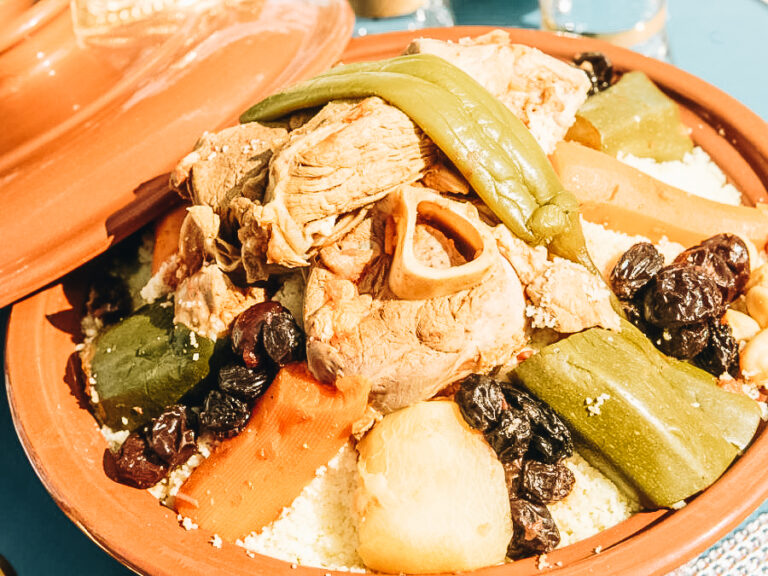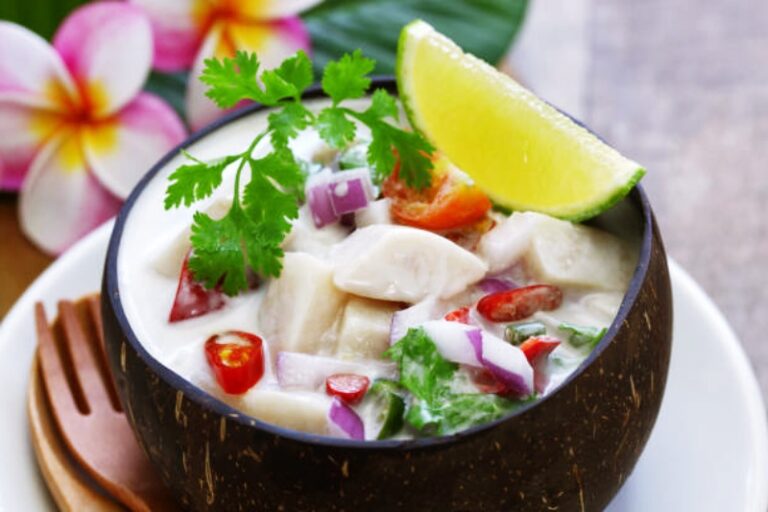Introduction
Fiji is a beautiful island nation in the South Pacific that boasts a rich cultural heritage, stunning scenery, and delicious cuisine. Fijian cuisine is influenced by Indian, Chinese, Polynesian, and European flavors, resulting in unique and diverse dishes. While many people are familiar with Fijian main courses, like kokoda (marinated fish salad) and lovo (smoked meat and vegetables), there are also many delicious Fijian snacks and appetizers that are worth exploring. In this article, we will delve into the world of Fijian snacks and appetizers, looking at their cultural significance, ingredients, traditional and modern versions, as well as where to find them.
Cultural Significance of Fijian Snacks and Appetizers
Fijian snacks and appetizers are an important part of everyday life, as well as special occasions like weddings, festivals, and religious ceremonies. They are an expression of Fijian hospitality and generosity, and are often shared among family and friends. In Fijian culture, food is considered a gift from the gods, and is therefore respected and cherished. Snacks and appetizers are also a way to showcase local ingredients and cooking techniques, and to celebrate the diversity of Fijian cuisine.
Ingredients Used in Fijian Snacks and Appetizers
Fijian snacks and appetizers are made from a variety of ingredients, including seafood, meat, vegetables, fruits, and grains. Some common ingredients used in Fijian snacks and appetizers include cassava, taro, yams, coconut, fish, pork, chicken, and breadfruit. Many Fijian snacks and appetizers also use spices and herbs, such as turmeric, ginger, garlic, lemongrass, and coriander. These ingredients are often combined in creative ways to produce delicious and unique snacks and appetizers.
Traditional Fijian Snacks and Appetizers
Traditional Fijian snacks and appetizers have been part of the country’s culinary heritage for centuries. Some popular examples include kokoda, which is made from marinated fish, coconut milk, and lime juice; palusami, which consists of taro leaves filled with coconut cream and onions and baked in an underground oven; and kava, which is a traditional drink made from the root of the kava plant. Other traditional snacks and appetizers include boiled cassava, fried breadfruit, and grilled seafood.
Modern Fijian Snacks and Appetizers
In recent years, Fijian chefs and food entrepreneurs have been experimenting with new and innovative ways to present traditional snacks and appetizers. Some modern Fijian snacks and appetizers include cassava chips, coconut shrimp, fish curry puffs, and chicken satay skewers. These snacks and appetizers often incorporate global flavors and cooking techniques, such as Indian spices and Chinese stir-fry.
Popular Fijian Snacks and Appetizers
Some of the most popular Fijian snacks and appetizers include samosas, which are triangular pastries filled with spiced vegetables or meat; bhajias, which are deep-fried fritters made from chickpea flour and spices; and roti, which is a flatbread served with curry. Other popular snacks and appetizers include grilled prawns, boiled peanuts, and fried cassava.
Where to Find Unique Fijian Snacks and Appetizers
Fijian snacks and appetizers can be found in a variety of locations, including street food markets, local restaurants, and hotels. Some popular places to sample Fijian snacks and appetizers include the Suva Municipal Market, the Nadi Town Market, and the Sigatoka Sand Dunes National Park. Visitors can also attend Fijian cultural festivals, such as the Bula Festival or the Hibiscus Festival, which feature traditional food stalls and cooking demonstrations.
Conclusion: Exploring Fijian Cuisine Through Snacks and Appetizers
Fijian snacks and appetizers are an important part of the country’s culinary heritage and offer a delicious and unique way to explore Fijian cuisine. Whether you prefer traditional or modern snacks and appetizers, there is something for everyone. By sampling Fijian snacks and appetizers, visitors can experience the warmth and hospitality of Fijian culture, as well as the diversity and creativity of Fijian cuisine.

